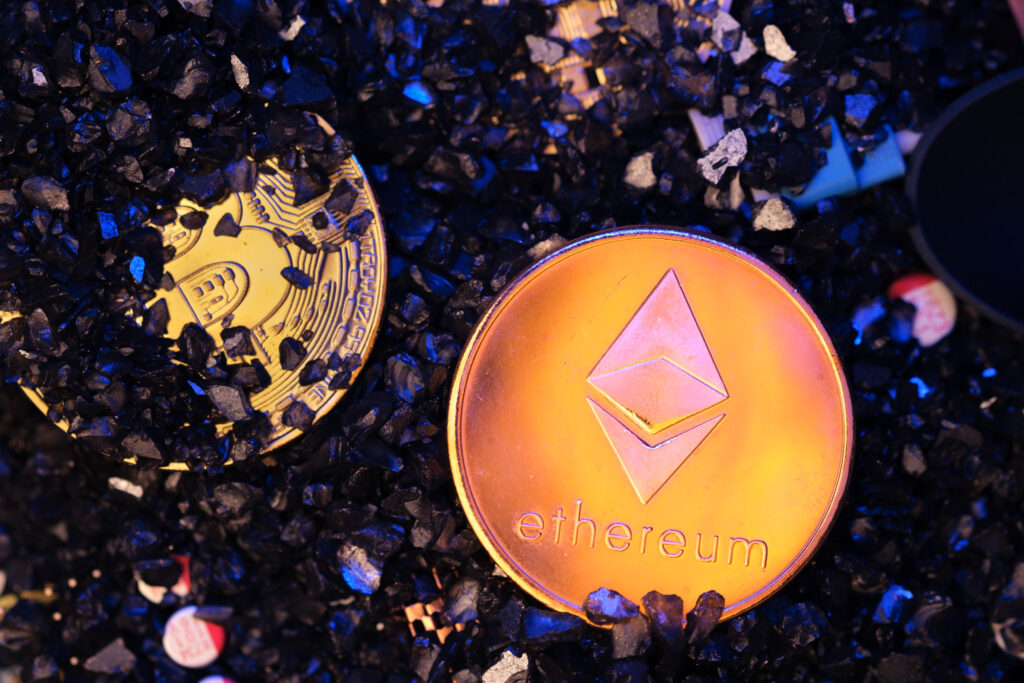
Long gone are the days when Bitcoin burst into the finance niche with the aim of bringing a whole new way for individuals and businesses to interact with the buying and selling process via digital capabilities. With the creation of this revolutionary asset came a new audience, a fresh market and the ability for new names and innovations to step into the fray. One of the first rivals to hit the scene was Ethereum – and the developers behind this network have been a driving force in the changes seen in the fintech environment today. Not only has this blockchain technology created additional functionality for cryptocurrencies worldwide, but it has also increased the number of ways that individuals can get involved.
Ethereum’s impact on the crypto niche
The Ethereum blockchain has taken the core principles of digital currency and created an entire network that acts as an interconnected marketplace where decentralized finance takes precedence – and users will have the ability to create, offer and interact with a host of blockchain projects that prioritise security and efficiency. It also has the ability to store specialist programming language and computer code that can create secure decentralized financial contracts and applications – which are powered using Ethereum’s propitiatory currency Ether (or ETH). Its functions and abilities have made Ether the second most widely-used cryptocurrency behind Bitcoin, while providing the largest and best-established open-ended software platform in the entire niche.
While all of this has worked to create a lightning fast, fully-functioning network with even more potential for the future, there have been some challenges arising due to the volume of users of this software. As speeds were beginning to lessen and fees beginning to rise, the market innovator had to do what it does best once again – and Polygon was born.
What are Polygon and MATIC?
Taking the knowledge and experience that it took to create Ethereum, a secondary, layer 2 scaling solution (Polygon) was introduced to function alongside the main blockchain and alleviate pressure. Polygon does everything that Ethereum can do, albeit faster and more cheaply – all while bridging transactions between the two and interacting with other cryptocurrencies in the niche. It also has its own token, MATIC, to facilitate trading, investments and other DeFi projects. This ERC-20 token can pay for transaction fees, as well as functioning on a Proof-of-Stake Model that rewards users every time they undertake and verify transactions across the Polygon network.
Polygon has given Ethereum the ability to widen and diversify its already attractive ecosystem – and its abilities to provide dApps and NFTs and develop new avenues into the gaming and technology niches and so much more are really driving change in the larger crypto space. MATICs ability to bridge transactions is just another feature that is keeping Ethereum’s finger on the pulse.
The future of Polygon and MATIC
MATIC price outlooks have been continually strong and it is well-established as a leading crypto, so investors and traders worldwide are interested in its profit potential and developers in its use-cases across a variety of niches. Ethereum is the place to be when undertaking any DeFi endeavours and with the creation of Plygon and MATIC, it is clear to see that the developers are not resting on their laurels and leaving users to continue function via verified transactions. It may be worthwhile to know that Ethereum holds around 58% of the total value locked (or TVL, the financial measurement of money that determines DeFi protocols), so it certainly has all of the right distinctions that point to it being a viable selection for the future.

